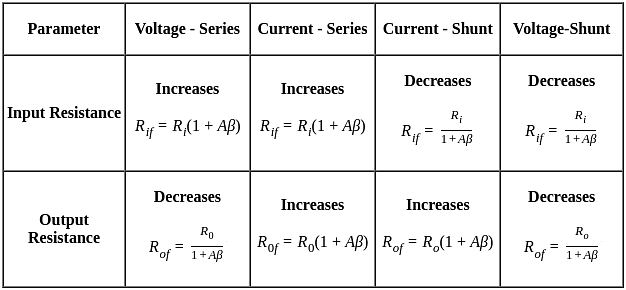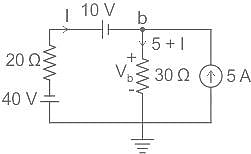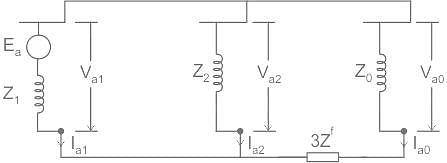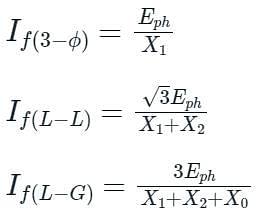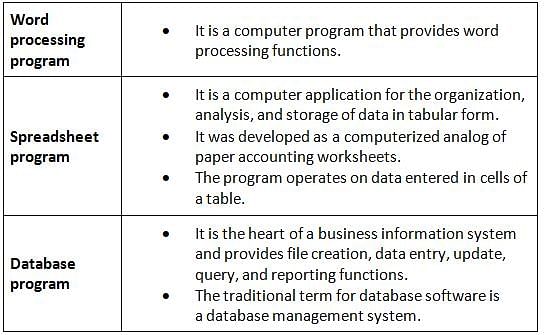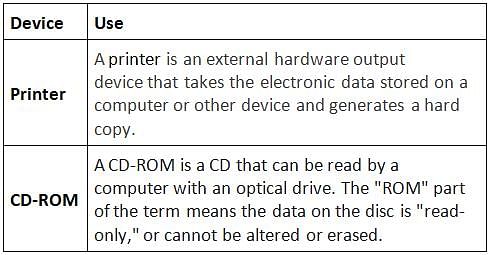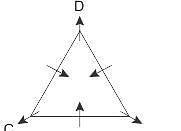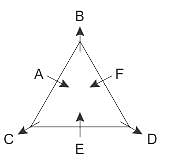BEL Trainee Engineer Electrical Mock Test - 1 - Electrical Engineering (EE) MCQ
30 Questions MCQ Test - BEL Trainee Engineer Electrical Mock Test - 1
Fourier transform of a discrete and aperiodic sequence is:
The closed loop transfer function is  . What will be the open loop DC gain if unity feedback system is considered for closed loop system?
. What will be the open loop DC gain if unity feedback system is considered for closed loop system?
| 1 Crore+ students have signed up on EduRev. Have you? Download the App |
The output saturation voltages of the Schmitt trigger circuit shown in the figure is ±15 V. The input trip point voltages are



The three characteristics shown in the given graphs, represent which of the following motors?
A circuit with a resistor, inductor, and capacitor in parallel is at resonant of f0 Hz. If all the component values are now doubled the new resonant frequency is:
For the measurement of high resistances following methods are used:
1. Loss of Charge Method
2. Direct Deflection Method
3. Substitution Method
Which of the following is/are correct?
Which of the following is digital transducer?
An amplifier has open loop gain of 50, input and output impedance of 1 kΩ and 0.5 kΩ respectively. A negative feedback circuit with a factor of 0.8 is connected to the amplifier in current shunt configuration. The input and output impedances with feedback are _____ and _____ respectively
A single-phase fully controlled rectifier has an average voltage of ‘P’ volts when α = 0°. Its output voltage when α = 30° is:
Find the node voltage Vb in the given network.
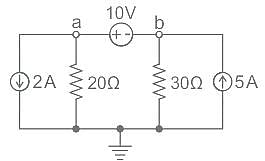
In a 8085 microprocessor the first machine cycle of an instruction is

For the negative feedback amplifier shown in the given figure, the gain with feedback is 100. What is the gain without feedback?
If all the sequence voltages at the fault point in a power system are equal, then the fault is
Directions: In this question, a phrase in the sentence is given in underlined. You are required to pick the option that best describes the meaning of the phrase, in the given context of the sentence.
You definitely cracked them up with your witty jokes and timely sense of humour.
Direction: Choose the option closest in meaning to the OPPOSITE of the word given in capitals.
ENGENDER
Which of the following fields CANNOT be left blank while sending an email?
The resolution of a printer is measured in ________.
Which of the following is a soft copy output device ?
Directions to Solve
In each of the following questions find out the alternative which will replace the question mark.
Question -
14 : 9 :: 26 : ?
Directions: Each of the following consists of a question and two statements numbered I and II given below it. You have to decide whether the data provided in the statements are sufficient to answer the question.
Among six persons – Rishi, Sanjay, Komal, Usha, Vijay and Tarak, each of different heights. Who is the tallest?
Statement I: Tarak is taller than only one person. Komal is taller than Rishi but shorter than Vijay.
Statement II: Rishi is taller than both Tarak and Sanjay. Vijay is not the tallest.
Direction: Study the following information carefully and answer the given questions besides.
Six person A, B, C, D, E and F sit around a triangular table. One person sits at each corner of the table facing away from the centre while one person sits at the middle of each edge facing toward the centre.
Three persons sit between C and D, who is not facing the centre. F sits third to the left of C. A is not an immediate neighbour of D. A sits second to the left of E.
Q. What is the position of B with respect to D?
'Indolence' is related to 'Work' in the same way as 'Taciturn' is related to:


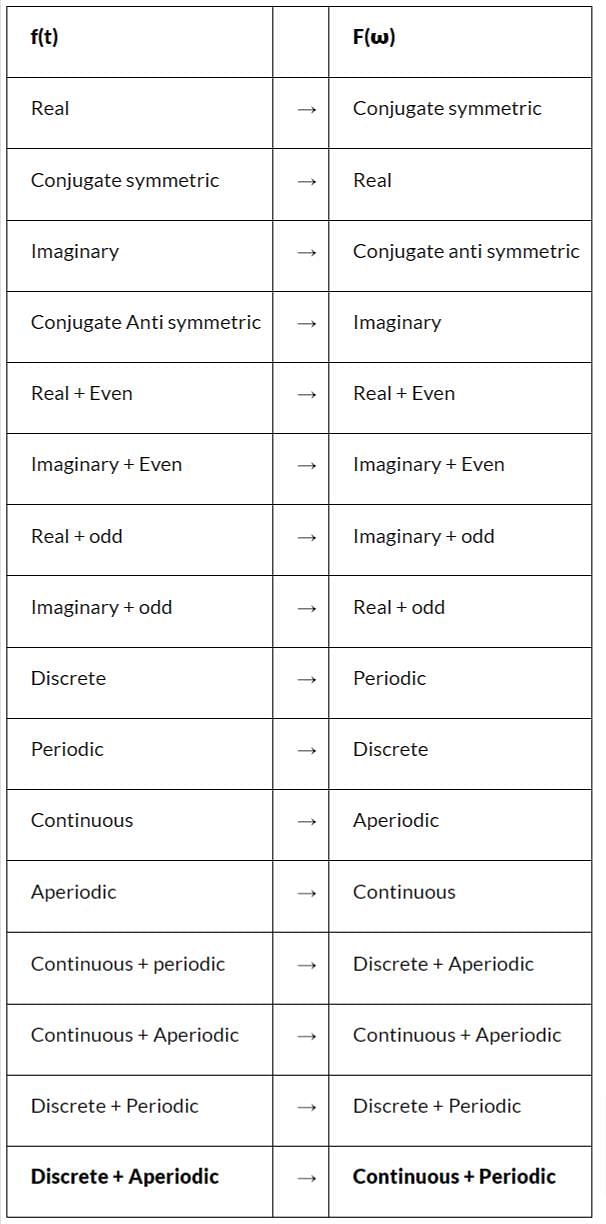



















 Radians/sec
Radians/sec



